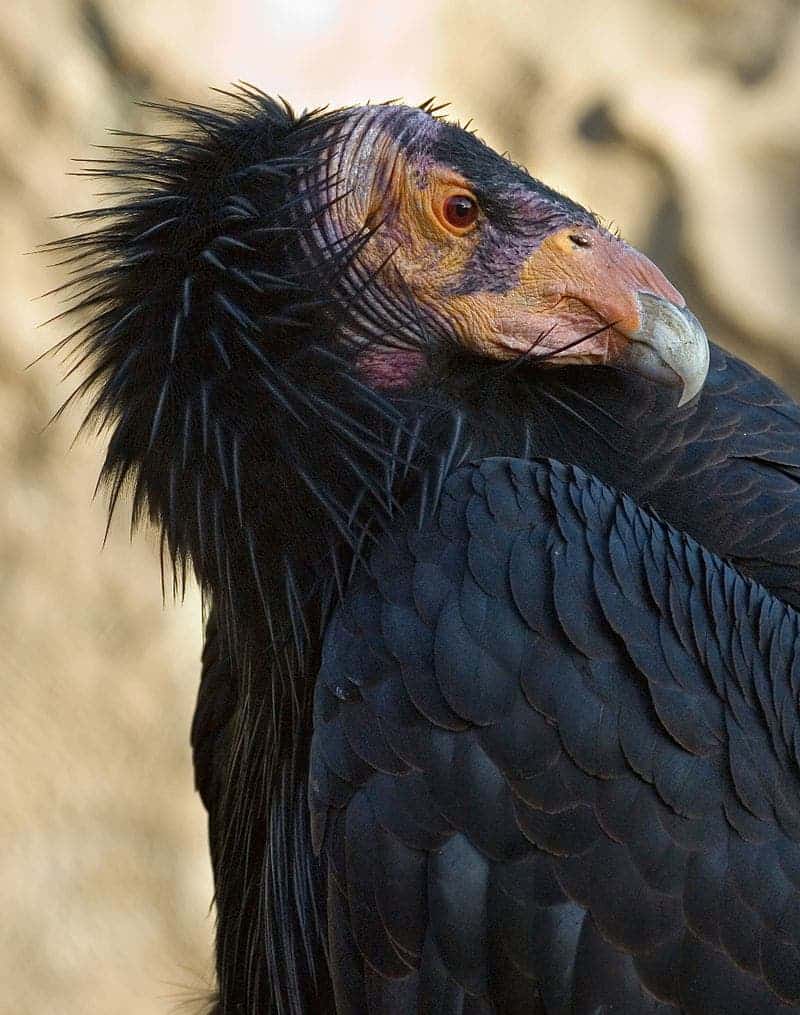Researchers were stunned to learn that two female California condors, a critically endangered bird, reproduced without the help of males. This type of reproduction (formally called parthenogenesis or asexual reproduction) is extremely uncommon in birds.

According to Christian myth, Jesus had no biological father and was conceived through virgin birth. In the animal world, that wouldn’t be as striking. Parthenogenesis occurs naturally in some groups of creatures, including plants, worms, scorpions, bees, amphibians, and some reptiles. It can also happen in some birds, but it’s very rare.
So when routine genetic screenings of captive birds suggested that two male chicks had no father DNA, it came as a shock. To make things even more surprising, males were present around the females at the time — oftentimes, parthenogenesis occurs when there are no males for reproduction around. This is the first time this was discovered in any bird species where the female bird had access to a mate.
“This is truly an amazing discovery,” Oliver Ryder, study co-author and director of conservation genetics at San Diego Zoo Wildlife Alliance (SDZWA), where the study was carried out, said in a statement.
“We were not exactly looking for evidence of parthenogenesis, it just hit us in the face. We only confirmed it because of the normal genetic studies we do to prove parentage.”
Historically, confirming parthenogenesis was very challenging, but as genetic analysis has become cheaper and more readily available, our understanding of this process has also improved. Researchers now suspect that other species may also employ this type of reproduction but we just haven’t seen them yet.
Parthenogenesis is sometimes regarded as a last-ditch survival mechanism when there are not enough males around for reproduction (or meeting up with males would just take too much effort).
However, it also comes at a disadvantage, as there is no genetic variation — it’s essentially a type of cloning. Since males were around at the time of the condor parthenogenesis, this doesn’t appear to be the case here, and it’s not exactly clear why the strategy has been employed by two females. Both have since also reproduced sexually.
“We believe that our findings represent the first instance of facultative avian parthenogenesis in a wild bird species, where both a male and a female are housed together,” said Cynthia Steiner, associate director for the conservation research division at SDZWA, and co-author of the study. “Still, unlike other examples of avian parthenogenesis, these two occurrences are not explained by the absence of a suitable male.”
In the 1980s, California condors were almost driven to extinction, and only a handful of birds remained in the wild. Thanks to conservation efforts, their numbers have been boosted to around 500 birds, but the condors are not out of the woods yet, and are still considered critically endangered. Californian condors are the largest bird species in North America (with a wingspan of 2.5-3 meters or 8.2-9.8 feet).









